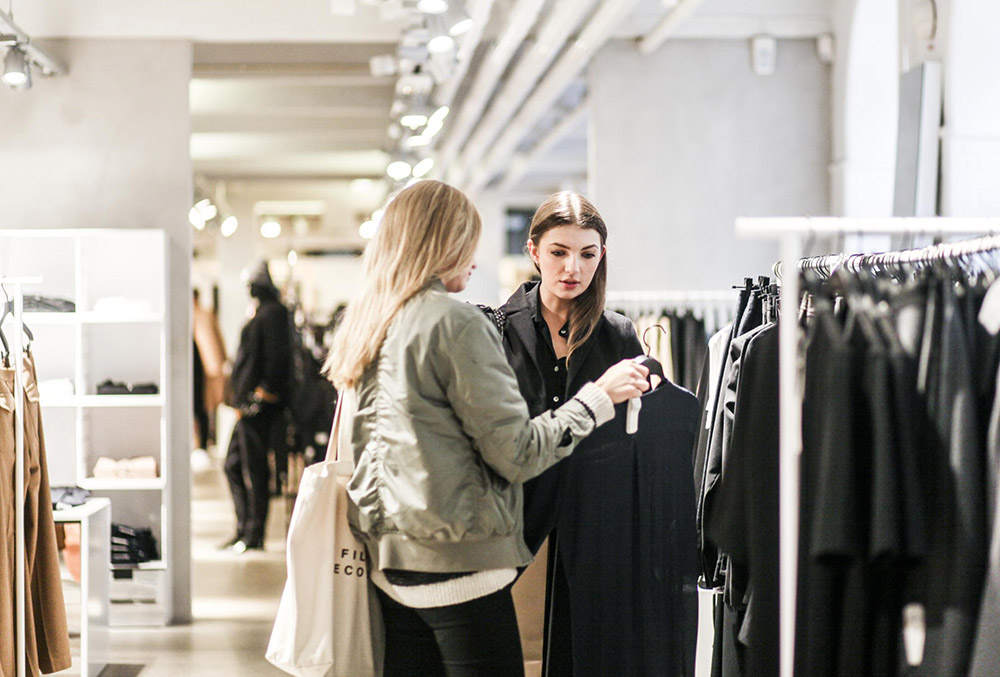
What The Amazon Effect Means For Retailers
It’s no secret that people are spending more and more time online. It’s also no secret that much of that time is spent, well, spending.
[source: Forbes] However, a lot of the money going to online retailers is money that used to go to brick-and-mortar businesses. Amazon may be the main culprit, but it’s far from alone. As more and more shoppers head to screens instead of stores, brick-and-mortar retailers need to offer better customer experiences if they’re to have a future.
The Amazon Effect
The Amazon effect has dramatically changed the way we shop since the company debuted in 1994. This term describes the effect that the entire digital marketplace has had on traditional forms of commerce, like brick-and-mortar retail. Namely, the Amazon effect has introduced consumers to an almost completely frictionless shopping process with near-immediate results (more and more, this refers to delivery, too).
However, the Amazon effect has also spilled over into more traditional spaces. Customers now want the same experience, whether they’re in front of their computers or inside a shopping mall.
Three Ways Retailers Can Counter The Amazon Effect
The very real impact of the Amazon effect can be seen all over the world. Every year, more retail locations close down. Those that want to continue will need to take a page — if not several — out of Amazon’s book by offering customers a technology-driven experience that meets their lofty standards.
1. Use brick-and-mortar to support online stores.
While physical spaces still serve a purpose, many companies are rethinking what that purpose is. One result has been new-age retail stores like Nordstrom Local, a clothing store with no dedicated inventory. Customers can pick up their online orders and make returns. Beer, wine, cold-pressed juices and espresso are available, too. There are onsite tailors. Nordstrom Local and stores like it are designed to serve the online experience, not compete with it.
Another company taking a similar approach is Rent the Runway, an online subscription service that lends clothing to its customers. CEO Jennifer Hyman recently made it clear at the NRF Big Show that its stores account for less than 10% of its sales. Rather, they’re “supplemental to the customer experience.” These stores are for customers who want in-person style tips and product advice from one of their professional stylists. This kind of personal attention wouldn’t be possible through a screen.
2. Track customer behavior in store.
Everyone knows that you can use analytics to improve your website, but these digital tools are now increasingly effective in offline stores, too. E-commerce websites were the influence behind candy retailer Lolli and Pops literally tracking the paths customers take once they enter its stores.
The insights have already paid off. For example, the company found that one of its locations wasn’t seeing the same revenue coming from its high-sales sweets section. After checking in-store analytics, they found that there was a table in the way that deterred customers from exploring the area in which these items were located. These analytics also help them better train their staff to engage with customers, including offering them free samples.
Using this type of technology has allowed Lolli and Pops to almost completely forego a marketing budget, relying almost solely on their customer service instead.
3. Leverage mobile technology in store.
A recent study done by SOTI found the following:
- 92% of shoppers prefer stores that offer mobile experiences.
- 73% want mPos for quicker checkout times.
- 65% want location-aware coupons.
- 61% would choose using a kiosk over speaking with a sales associate.
- 47% expect personalized service.
In this way, mobile and offline stores can work together to accommodate shoppers who are becoming more independent. They already know what they want when they enter a store. The retailer’s opportunity is in providing a mobile experience that will make it as easy as possible for them to acquire it as quickly as possible.
According to a Forrester Report, $1.26 trillion worth of offline retail sales were influenced by digital media in some way. The same report estimates that number would be $1.4 trillion in three more years.
While not all of that “digital media” may have happened through mobile devices, it’s clearly playing a sizable role. Furthermore, mobile technology isn’t just about the shopper: 89% of retailers are expected to provide their employees with mobile technology by 2020 for everything from customer identification to customer engagement to POS and payments.
Given the demand, the potential returns and the adoption rates we’ve already seen, mobile-technology has widespread potential among offline retailers. Plenty of large retailers have gotten in on the act, but they’re not the only ones. Montreal clothing company Frank + Oak uses its mobile app to improve customer engagement in a number of ways, including once they enter a store.
Its digital loyalty program offers customers 24-hour live-chat support, cash-back deals, free express shipping, in-store appointment booking and two-hour shipping on demand. The app also promises customers smarter, more personalized customer service the moment the user walks in the door. In fact, the app sends a signal to employees to tell them that one of their members just walked in and to offer them a complimentary cup of coffee.
The Future Of Retail
The physical stores that will be most competitive in the digital age will be those that are able to offer something online stores can’t. In some cases, this will mean the opportunity to physically experience the product (e.g., Nordstrom Local allowing customers to try on clothing) or those that offer more convenience (e.g., two-hour shipping with Frank + Oak).
This is where the opportunity lies, but it will only be available to those retailers who use technology to make the most of it.
